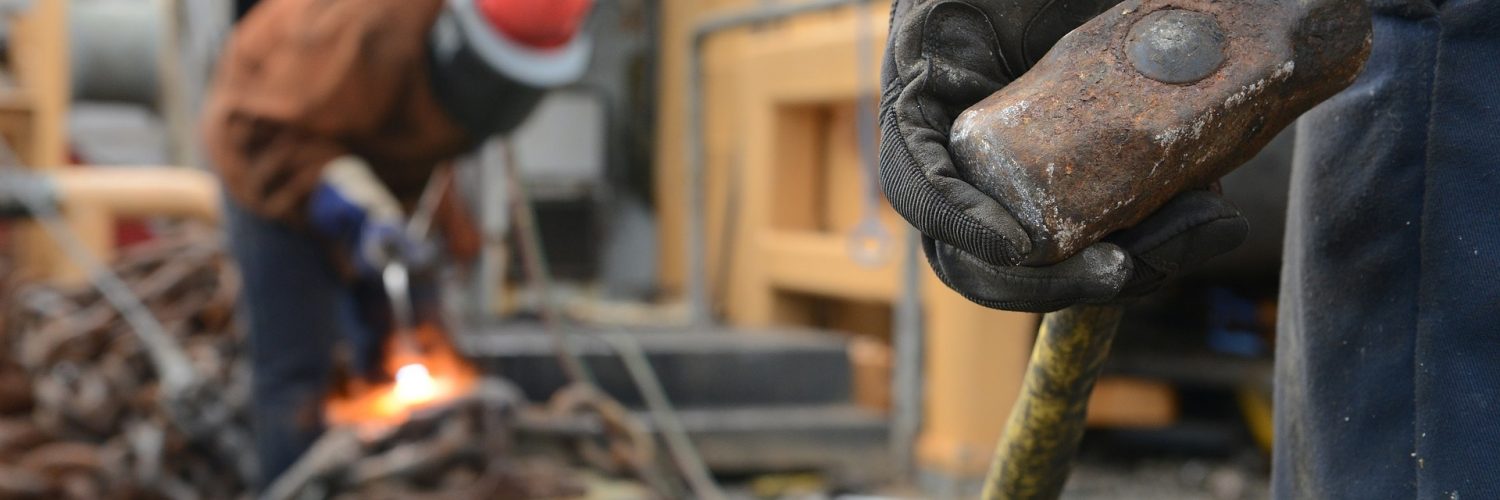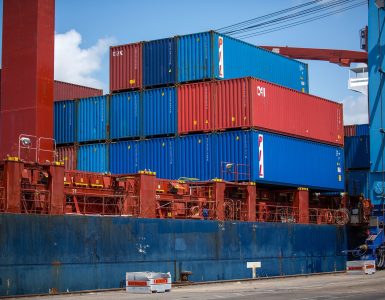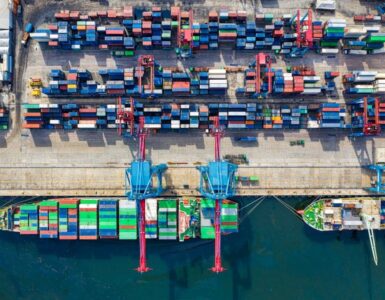As hope for a trade deal between the United States and China faded once again this week, the construction industry is bracing for continued uncertainty and higher prices as tariffs on imports like lumber and heavy equipment remain in place.
After talks failed this week, President Trump tweeted that he will impose an additional 10 percent tariffs on virtually all goods from China, approximately $300 billion on Sept. 1.
For a broad scope of industries across America including homebuilders, the news was troubling.
A recent survey by the National Multifamily Council found that more than half of respondents are paying higher prices for materials and equipment. Increasing trade duties were cited as a factor.
In a congressional hearing last month, Federal Reserve Chairman Jerome Powell echoed industry concerns, stating that “a series of factors” including labor shortages, immigration and tariffs are holding homebuilders back and “challenging affordability.”
Arizona companies hit on both sides of the world
In Arizona, the state is enjoying one of the highest rates of construction industry growth in the country. But that doesn’t mean businesses are not feeling the impact, particularly small companies and builders in rural areas, said Tom Dunn, president of the Arizona Builders Alliance, which represents 300 member companies in the state.
Glenn Hamer, president and CEO of the Arizona Chamber of Commerce and Industry, said importers and exporters are losing out on both ends of the trade battlefield.
They are paying higher prices on goods from China, and they also are losing customers as China retaliates with duty hikes on products it buys from America, he said.
Two-way trade between the two amounts to $4.5 billion annually.
“Tariffs are harming American manufacturers by making products stamped ‘Made in the USA’ less competitive overseas,” he said in a prepared statement.
More than half of multifamily builders report higher costs
Some companies report being forced to push up prices or expect to in the coming year. The National Multihousing Council survey found that more than half of respondents — 59 percent — said tariffs have raised their costs. And 27 percent report that new trade taxes caused project delays.
Another analysis, conducted on behalf of the Association of Equipment Manufacturers, reports that increased costs and disruption of supply chains due to tariff hikes will eventually filter throughout the entire economy over the next 10 years. That’s expected to raise prices on finished goods and reduce jobs.
Eventually, tariffs will push up the cost of producing off-road equipment in the U.S. 6 to 7 percent over that period, the report shows.
“If you’re a domestic producer, you’re caught between eating a cost increase or raising prices and potentially losing business,” a co-author of the report, Scott Hazelton, told Reuters this week.
Companies like Gradall Industries out of Ohio report the price of massive metal castings have risen 25 percent. Mike Haberman, president of Gradall, told Reuters that they raised prices twice last year in response to higher-cost imports and steel.
Caterpillar, with its headquarters in Illinois, reported that tariffs cost the company $100 million last year.
Meanwhile, retaliatory tariffs from China are stifling export sales, said Haberman, who halted new hiring last year as a precaution.
“Our exports to China are down 30 to 40 percent,” he stated.
Misconception about impact on U.S.
Some believe China is paying the price, but experts say it’s U.S. importers who pay increased costs.
“I think sometimes people think the foreign government or the foreign company is going to pay the tariff. That’s not true,” said Jenny Brown, an associate professor of accountancy in the W.P. Carey School of Business at Arizona State University.
“The idealistic notion is that these companies are going to turn to some U.S. supplier, but the fact of the matter is that manufacturers of these low-cost goods have long since left the U.S.,” she said. “So, it’s prohibitively costly to build a plant or reopen a plant in the U.S. to start manufacturing these component parts. That’s not really going to happen.”















Add comment